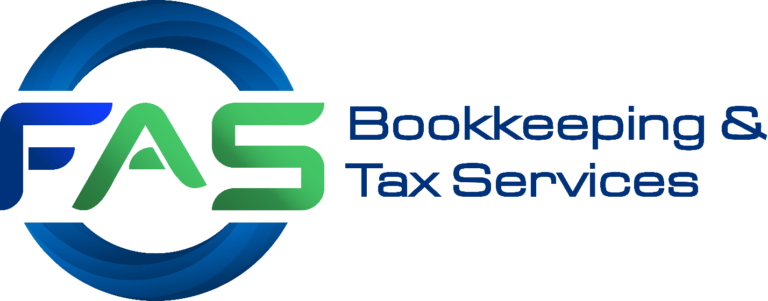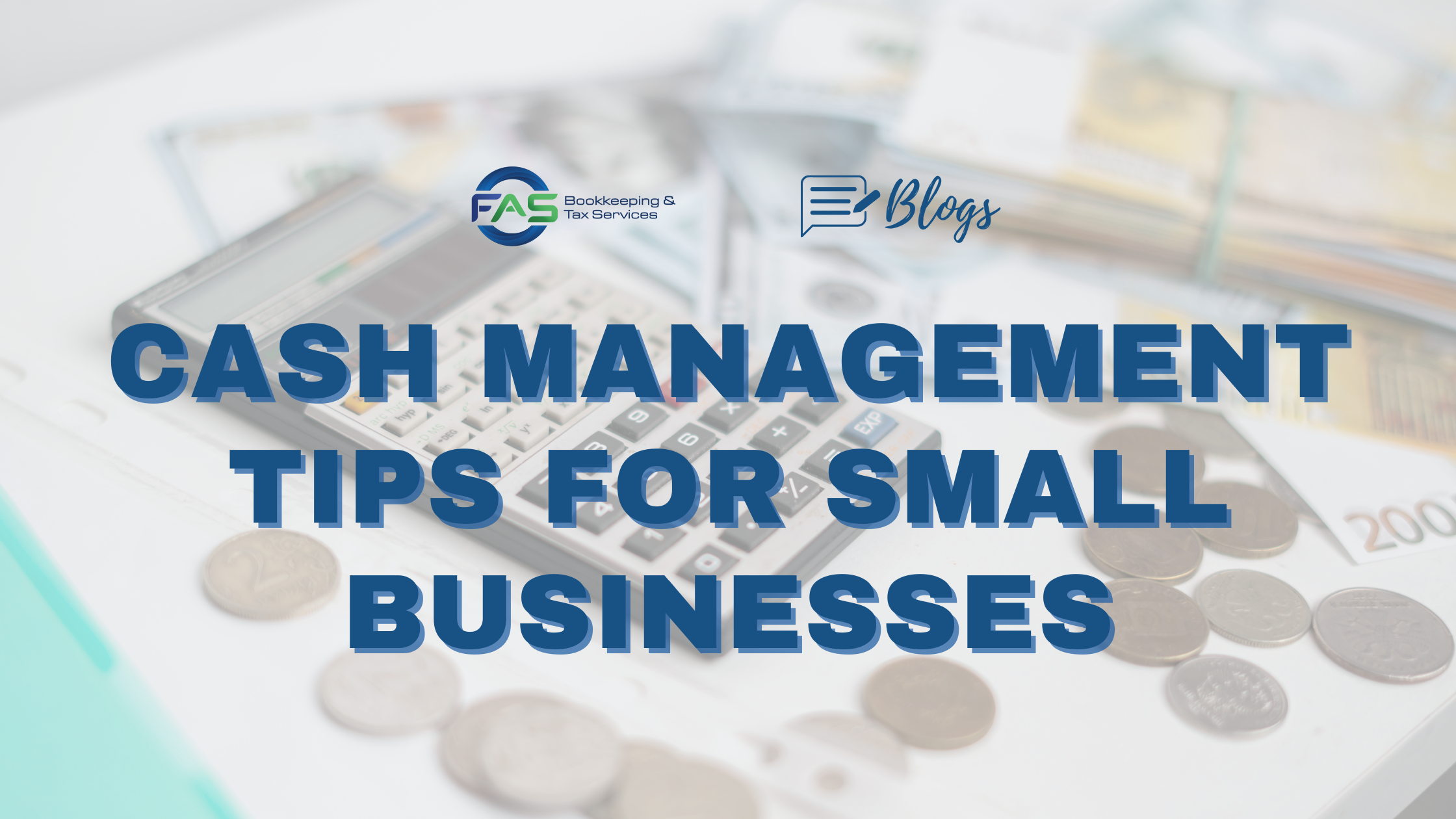Cash Management Tips for Small Businesses
Cash flow is the lifeblood of every small business, but many owners don’t realize how important it is to their business’s success to properly execute cash management. In fact, a good cash flow is more important than how well your business can sell its goods and services.
Even though that seems counterintuitive, think about this: if you fail to satisfy a customer and lose their business, you can always try harder to please the next customer. If you don’t have enough cash to pay your suppliers, creditors, or employees, you’re out of business.
What does Cash Flow mean?
Simply put, cash flow is how money comes into and goes out of your business. These movements are called inflow and outflow. Most of the money that comes into your business comes from selling goods or services to customers. However, keep in mind that cash only comes into your business when you make a cash sale or collect on receivables. What matters is the money! Cash inflows also include money borrowed, money made from selling assets, and interest income from investments.
Expenses are usually what cause cash outflows from your business. Paying wages to employees, buying inventory or raw materials, buying fixed assets, operating costs, paying back loans, and paying taxes are all examples of cash outflows.
The best person to help you understand how your cash flow statement works is a tax or accounting professional. He or she can put together a statement of your cash flow and tell you where the numbers come from. Don’t be afraid to call for help if you need it.
Profit vs. Cash Flow
Profit and cash flow may seem like they are the same thing, but they are not. They are two different ideas that lead to two different things. Profit is a broad term that only looks at income and costs over a certain time period, like a fiscal quarter. Profit is a number you can use to figure out your taxes and send them to the IRS.
Cash flow, on the other hand, is a more dynamic tool that looks at how a business owner runs their day-to-day business. It is about how money comes into and goes out of a business. But what’s more important is that it has to do with the times when the money moves.
In theory, even companies that are making money can go out of business. It would take a lot of carelessness and a complete lack of concern for money, but it is possible. Think about how your business is affected by the difference between profit and cash flow.
For example, if your store bought an item for $1,000 and then sold it for $2,000, you made a $1,000 profit. But what if the person who bought the item takes a long time to pay and you don’t get paid for six months? Your retail business might still be making money, but what about the bills it has to pay in the next six months? Even if you made money on the sale, you might not have enough money to pay your bills. Also, this cash flow gap could make you miss out on other ways to make money, hurt your credit score, and force you to take out loans and get into debt. If you keep making this mistake, you might go out of business.
Keeping track of your Cash Flow
The sooner you learn how to handle your money, the better chance you have of staying afloat. You will also be able to protect the short-term reputation of your company and set it up for long-term success.
The first step to getting your company’s cash flow under control is to look at the factors that affect when your cash comes in and goes out. A thorough analysis of these parts will show you where your business has problems that cause cash flow gaps. The key to managing cash flow is to narrow or even close these gaps.
Here are some of the most important things to look at:
· Accounts Receivable. They are sales that have been made but haven’t been paid for yet. When you sell something to a customer and get a promise to pay later, you create an accounts receivable balance sheet. The worse it is for your cash flow, the longer it takes for your customers to pay their bills.
· Credit terms. Credit terms are the lengths of time you give your customers to pay for the things they buy from you. The terms of credit affect when your money comes in. Getting customers to pay their bills faster is a simple way to improve cash flow.
· Policy on credit. A credit policy is a plan you use to decide whether or not to give a customer credit. For a healthy cash flow, it is important to have a credit policy that is neither too strict nor too loose.
· Inventory. Inventory is the term for the extra goods or supplies that your business keeps on hand to meet customer needs. Too much inventory hurts your cash flow because it uses up money that could be spent on other things. Too many business owners buy inventory based on hopes and dreams instead of what they can actually sell. Keep the right inventory on hand. in stock.
· Account payables and the cash flow. Accounts payable are the amounts you owe to your suppliers that you have to pay back in the next 30 to 90 days. Without trade credit and payables, you would have to pay for all goods and services when you buy them. Check your payables schedule for the best cash flow management.
Some gaps in cash flow are made on purpose. For example, a business might buy more inventory to take advantage of discounts for buying in bulk, speed up cash outflows to take advantage of big trade discounts, or spend more money to grow its line of business.
Other businesses can’t avoid having gaps in their cash flow. Take, for example, a business that goes up and down depending on the time of year. During this business’s slow season, there may be gaps in its cash flow that are later filled by cash surpluses from its busy season. Money from outside sources is often used to fill gaps in cash flow. There are many ways to get outside financing, such as revolving lines of credit, bank loans, and trade credit, which you may want to talk to us about.
It’s important for the health of your business to keep track of and manage your cash flow. Your cash flow statement shows the first sign of financial trouble, giving you time to figure out what’s going on and come up with a plan to deal with it. Also, by doing a cash flow analysis on a regular basis, you can find out which parts of your business could cause cash flow gaps and stop them before they happen.
Need Help?
Your business could fail if you don’t have enough money to pay for day-to-day costs. Why take a chance like that? Please contact us at admin@fas-accountingsolutions.com if you need help analyzing and managing your cash flow better.





